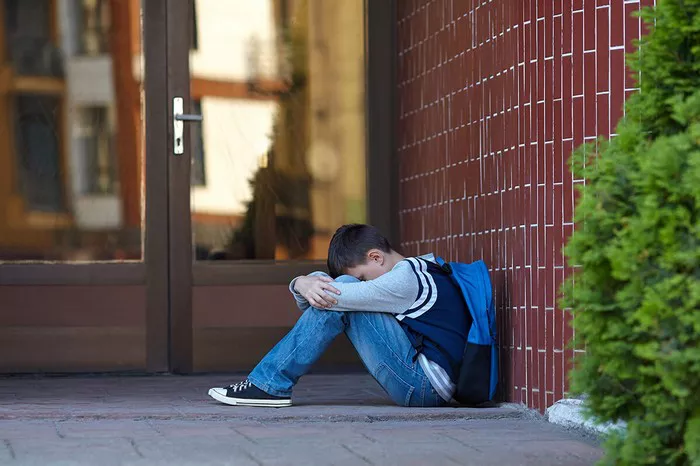Anxiety disorders, already the most common mental health issue among young people, have surged in prevalence since the COVID-19 pandemic. A recent report from the Centers for Disease Control and Prevention (CDC) indicates that anxiety diagnoses in children and adolescents have increased by 30% since 2019. Experts attribute this alarming trend to prolonged social isolation, academic disruptions, and the pervasive influence of social media.
The pandemic forced millions of students into remote learning, depriving them of critical social interactions and extracurricular activities. For many, this isolation exacerbated preexisting anxiety or triggered new symptoms. A longitudinal study published in JAMA Pediatrics followed 10,000 adolescents over three years and found that those who experienced prolonged lockdowns were twice as likely to develop generalized anxiety disorder compared to their peers in less restricted areas.
Social media has also played a significant role in this mental health crisis. Platforms like TikTok, Instagram, and Snapchat create constant pressure to conform to unrealistic standards, fostering feelings of inadequacy and fear of missing out (FOMO). A 2024 study from the University of Pennsylvania revealed that teens who spent more than three hours daily on social media were 60% more likely to report severe anxiety symptoms. The study also found that cyberbullying and exposure to harmful content, such as self-harm videos, further compounded these effects.
Schools and mental health professionals are scrambling to address this crisis. Many districts have implemented social-emotional learning (SEL) programs to teach coping skills and resilience. Therapists are increasingly using cognitive-behavioral therapy (CBT) delivered via telehealth to reach more youth. However, a shortage of child psychiatrists and long waitlists for therapy remain significant barriers.
Parents are also being urged to monitor their children’s screen time and foster open conversations about mental health. Some experts advocate for stricter regulations on social media algorithms that promote addictive behaviors.
Despite these challenges, there are signs of hope. Peer support groups and online mental health resources, such as crisis text lines, have seen record engagement. Researchers are also exploring innovative interventions, including virtual reality exposure therapy for social anxiety and school-based mindfulness programs.
The long-term consequences of this anxiety epidemic are still unfolding. Without urgent action, experts warn of a generation struggling with chronic mental health issues, underscoring the need for systemic changes in education, healthcare, and technology regulation.
You Might Be Interested In:
- AI-Powered Diagnostic Tool Predicts Depression with Unprecedented Accuracy
- Breakthrough in Ketamine-Based Therapies Shows Long-Term Benefits on Major Depressive Disorder
- Digital Therapeutics Show Promise in Treating Anxiety Disorders

